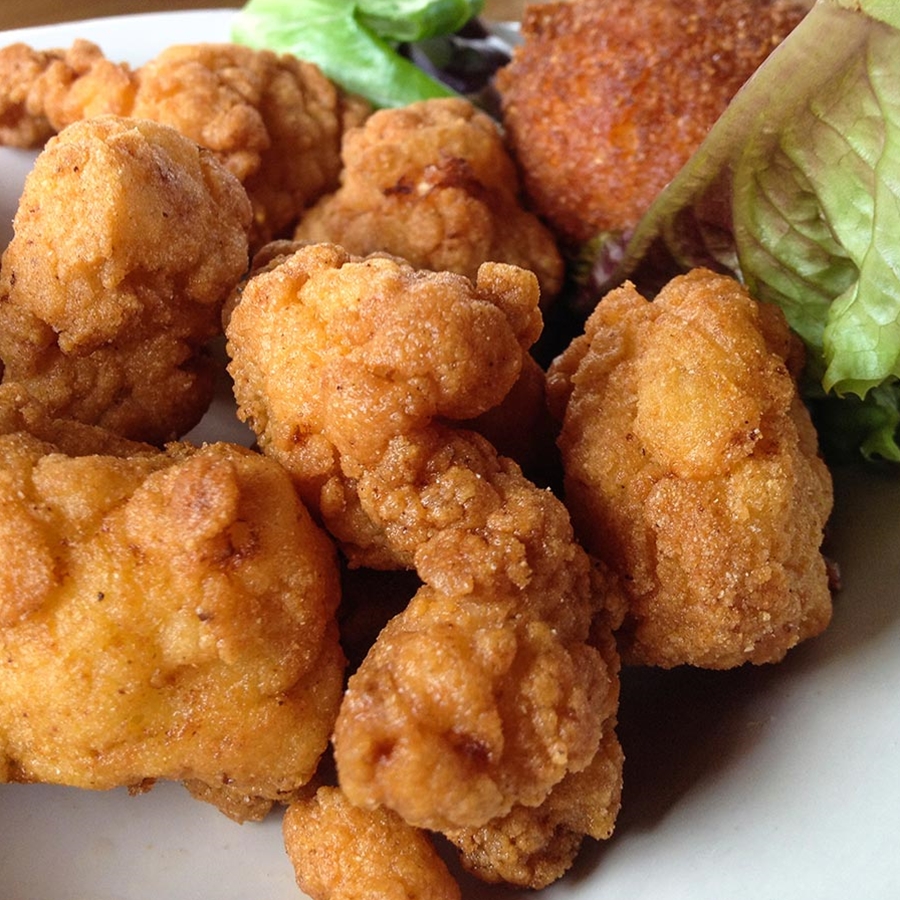
Alligators are fascinating creatures known for their powerful jaws and prehistoric appearance. While their sense of smell is incredibly acute, often described as being 100 times stronger than a human’s, many wonder about the role of taste in an alligator’s life. This article delves into the world of alligator taste buds, exploring their location, function, and significance in the lives of these apex predators.
From understanding how alligators detect flavors to examining the impact of taste on their diet, we’ll uncover the intricate relationship between taste and survival for these remarkable reptiles.
Alligator Taste Buds
Alligators, like most other reptiles, possess taste buds primarily concentrated on their tongue and palate. These specialized sensory organs are responsible for detecting various tastes, including sweet, sour, salty, and bitter. While not as prominent as their sense of smell, alligator taste buds play a crucial role in their ability to identify and select food sources.
The distribution of taste buds varies across different regions of the alligator’s mouth. The tongue, particularly the tip and sides, harbors a high concentration of taste receptors. Similarly, the palate, the roof of the mouth, also contains numerous taste buds that contribute to the overall sensory experience.
What Do Alligators Eat?

Alligators are opportunistic carnivores with a diverse diet consisting primarily of fish, turtles, snakes, birds, and mammals. Their powerful jaws and sharp teeth allow them to capture and consume prey of varying sizes. Taste plays a significant role in guiding their food choices, enabling them to distinguish between palatable and unpalatable options.
For instance, alligators may prefer fish with a sweeter taste or avoid those with a bitter flavor. Similarly, they might select turtles based on the scent and taste of their shells or flesh. By utilizing their sense of taste, alligators can optimize their foraging strategies and ensure they consume nutritious meals.
Taste Receptors in Alligators
Alligator taste receptors are specialized cells embedded within taste buds. These cells contain proteins that bind to specific molecules present in food, triggering a signal that is transmitted to the brain. The type of protein involved determines the specific taste detected.
For example, sweet taste receptors respond to sugars, while bitter taste receptors detect compounds often associated with toxins or spoiled food. The intricate network of taste receptors allows alligators to perceive a wide range of flavors and make informed decisions about their diet.
Importance of Taste for Alligators

Taste plays a vital role in the survival and well-being of alligators. It enables them to:
- Identify palatable prey: By detecting flavors associated with nutritious food sources, alligators can efficiently target prey that provides essential nutrients.
- Avoid harmful substances: Bitter taste receptors act as a warning system, alerting alligators to potentially toxic or spoiled food items. This helps prevent ingestion of harmful substances that could lead to illness or death.
- Navigate their environment: While smell is more dominant, taste can provide additional cues about the surrounding environment. For example, alligators may use taste to detect changes in water quality or identify potential breeding sites.
Sensory Abilities of Alligators
Alligators possess a remarkable array of sensory abilities that contribute to their success as apex predators. In addition to their highly developed sense of smell and taste, they also have:
- Keen eyesight: Alligators can see both in the air and underwater, allowing them to track prey effectively.
- Sensitive hearing: They can detect vibrations in water and air, enabling them to locate prey even when hidden.
- Vibrissae (whiskers): These sensitive hairs on their snout help alligators sense movement and changes in water currents.
The combination of these sensory abilities allows alligators to perceive their environment with remarkable precision, enhancing their hunting prowess and overall survival.
Conclusion
Alligators rely on a complex interplay of senses, including taste, smell, sight, hearing, and touch, to navigate their world and thrive as apex predators. While their sense of smell is dominant, do alligators have taste buds? The answer is a resounding yes! Their taste buds, located primarily on the tongue and palate, allow them to detect sweet, sour, salty, and bitter flavors, playing a crucial role in identifying palatable prey, avoiding harmful substances, and navigating their environment. Understanding the importance of taste for alligators sheds light on the intricate sensory world of these fascinating creatures.
